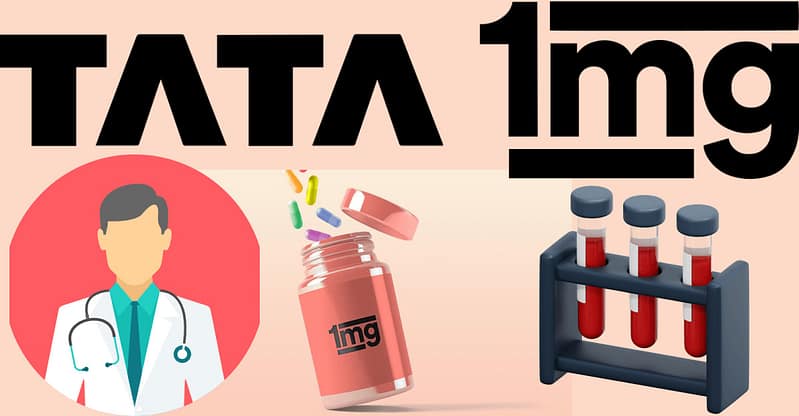Direct-to-Mobile (D2M) technology has been a hot topic in India for several months, generating considerable buzz among the public. With ongoing leaks and updates, excitement continues to build around this innovative service, and news is surfacing that its commercial rollout could be just around the corner. Reports indicate that pilot projects, technology developments, and compatible devices have all been completed for Direct-to-Mobile. However, the system is still awaiting approval from the Ministry of Information and Broadcasting. Once the Government of India grants permission for D2M, it could greatly benefit millions of users across the country.
One of the most appealing aspects of Direct-to-Mobile is that it will eliminate the hassle of wired connections. Users won’t need to set up broadband or insert SIM cards into their phones. A significant advantage of this technology is that it will allow people to access TV channels on their mobiles without needing an internet connection.
The science behind D2M is similar to that of an FM radio, where a receiver within the device can tap into different radio frequencies.
This new-age technology is a combination of broadband and broadcast that uses mobile phones to capture territorial digital TV signals.
Using D2M, multimedia content, including live TV matches, can be streamed to phones directly without using the internet. D2M can ensure-
Emergency alerts are delivered directly, reliably and without dependence on internet/cellular networks. Disaster Management audio content is delivered directly and authentically in a targeted manner. With D2M, governments can broadcast citizen-centric information. This approach benefits consumers by reducing their reliance on internet data consumption for staying informed and entertained.
It is still in the development stage. The biggest challenge in front of the government is to bring different stakeholders, including telecommunications, on board in launching D2M tech on a wide scale. Moreover, D2M aims to alleviate network congestion and reduce mobile data consumption. This technology will be particularly beneficial when establishing mobile networks or laying broadband lines is challenging. With the launch of D2M, internet access will become more feasible even in remote locations like forests.
Saankhya Labs, a company based in Bengaluru and a part of Tejas Networks, has created a new chip called SL3000. This chip enables mobile phones to receive special content directly through broadcasts. In collaboration with Free Stream Technologies, which started at the Indian Institute of Technology (IIT) Kanpur, this technology uses existing broadcast systems. The goal is to make mobile data more affordable, reduce network traffic, and improve access to information, especially in areas with limited media coverage or that are underserved.
Sinclair Broadcasting, a company based in the United States, has also made a large investment to help create affordable mobile phones that come with D2M feature.




















